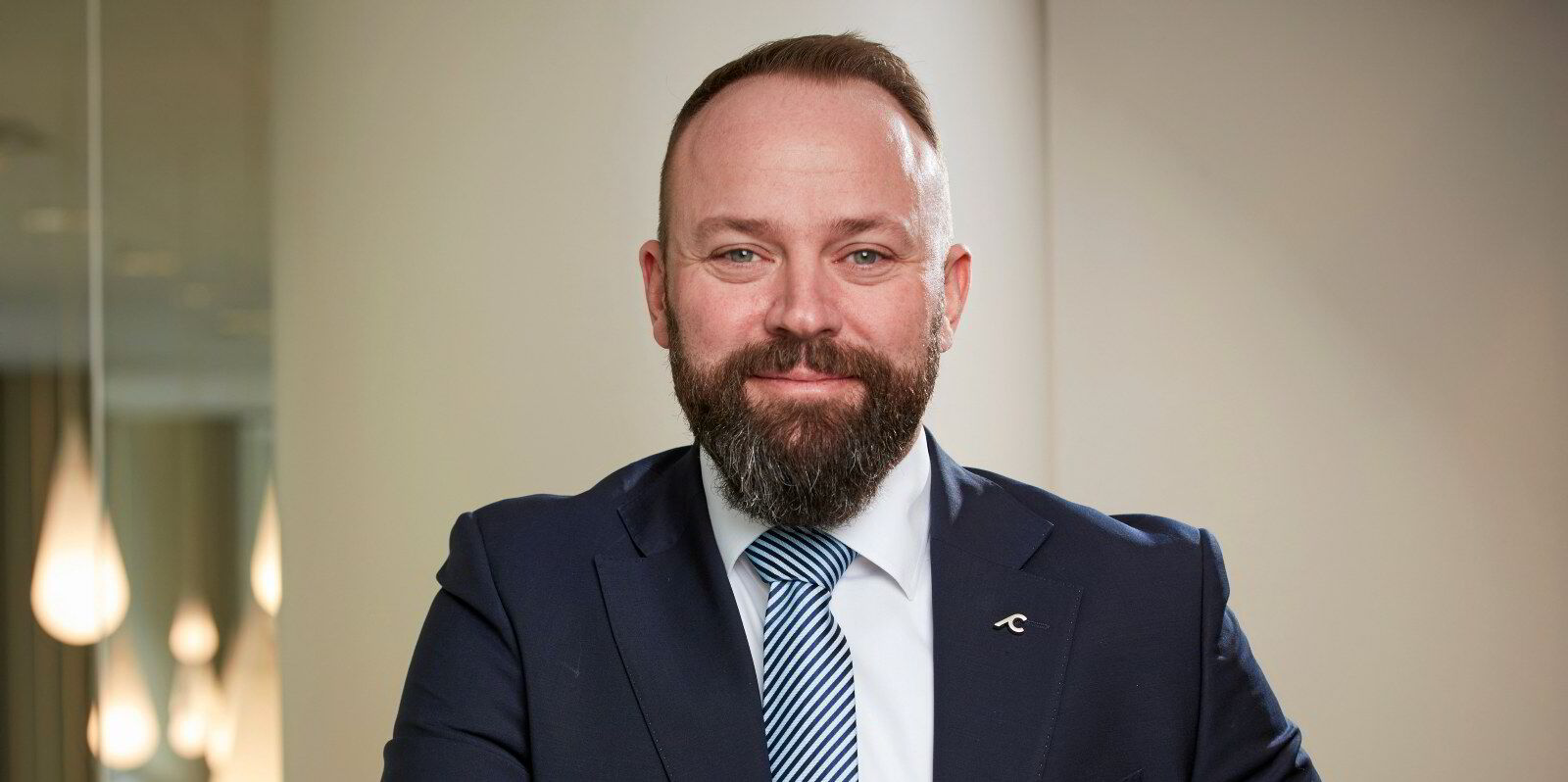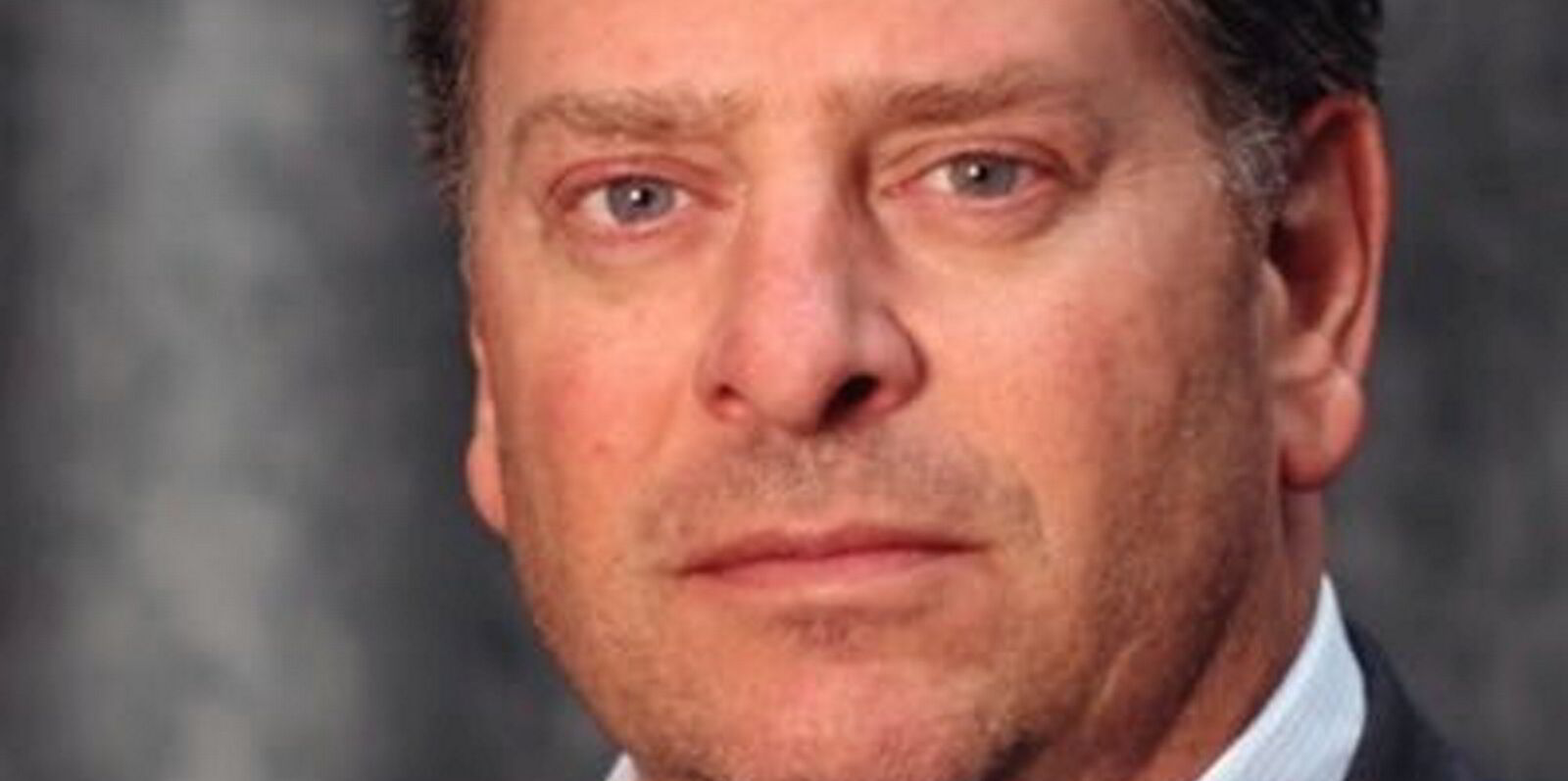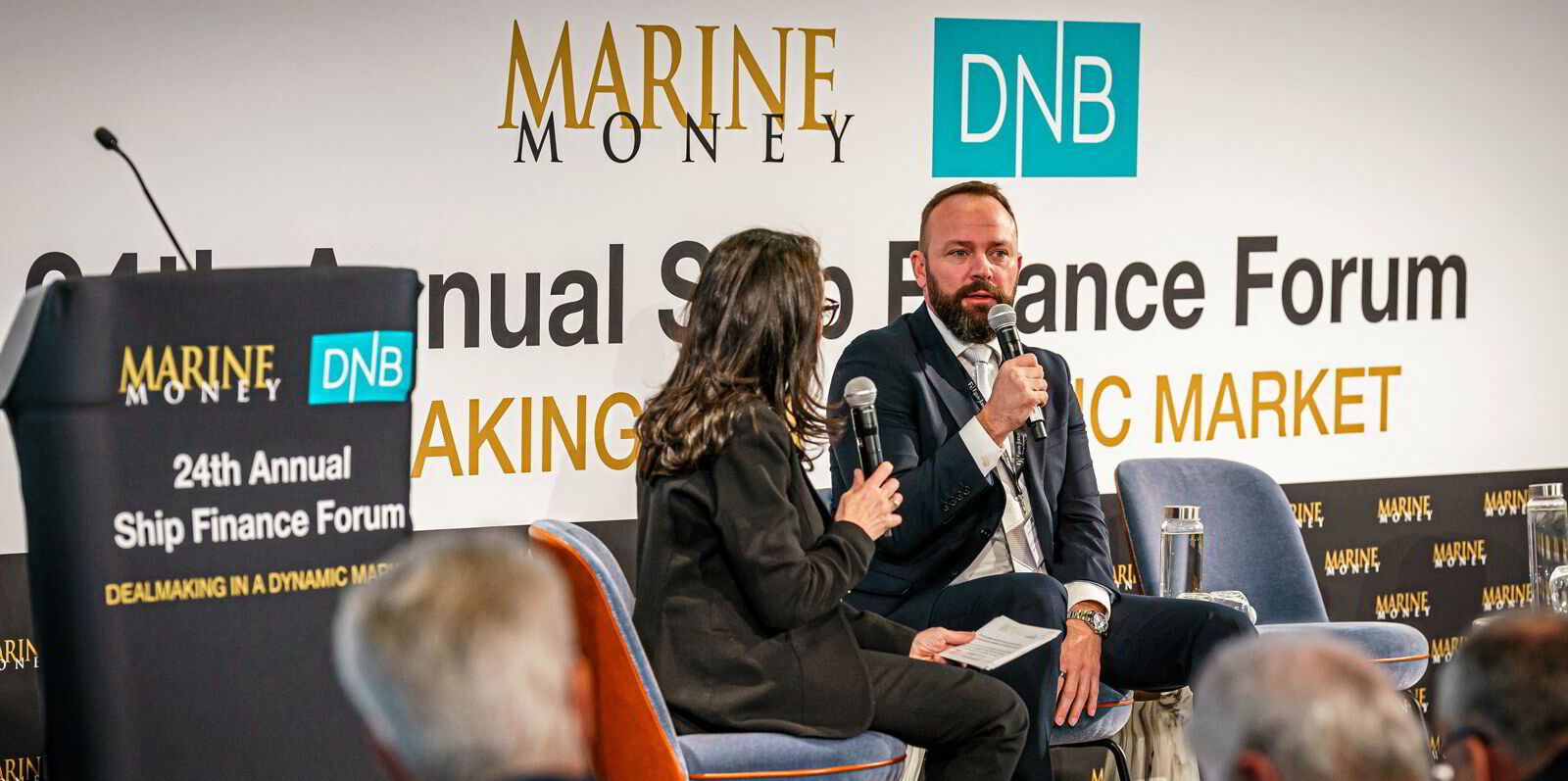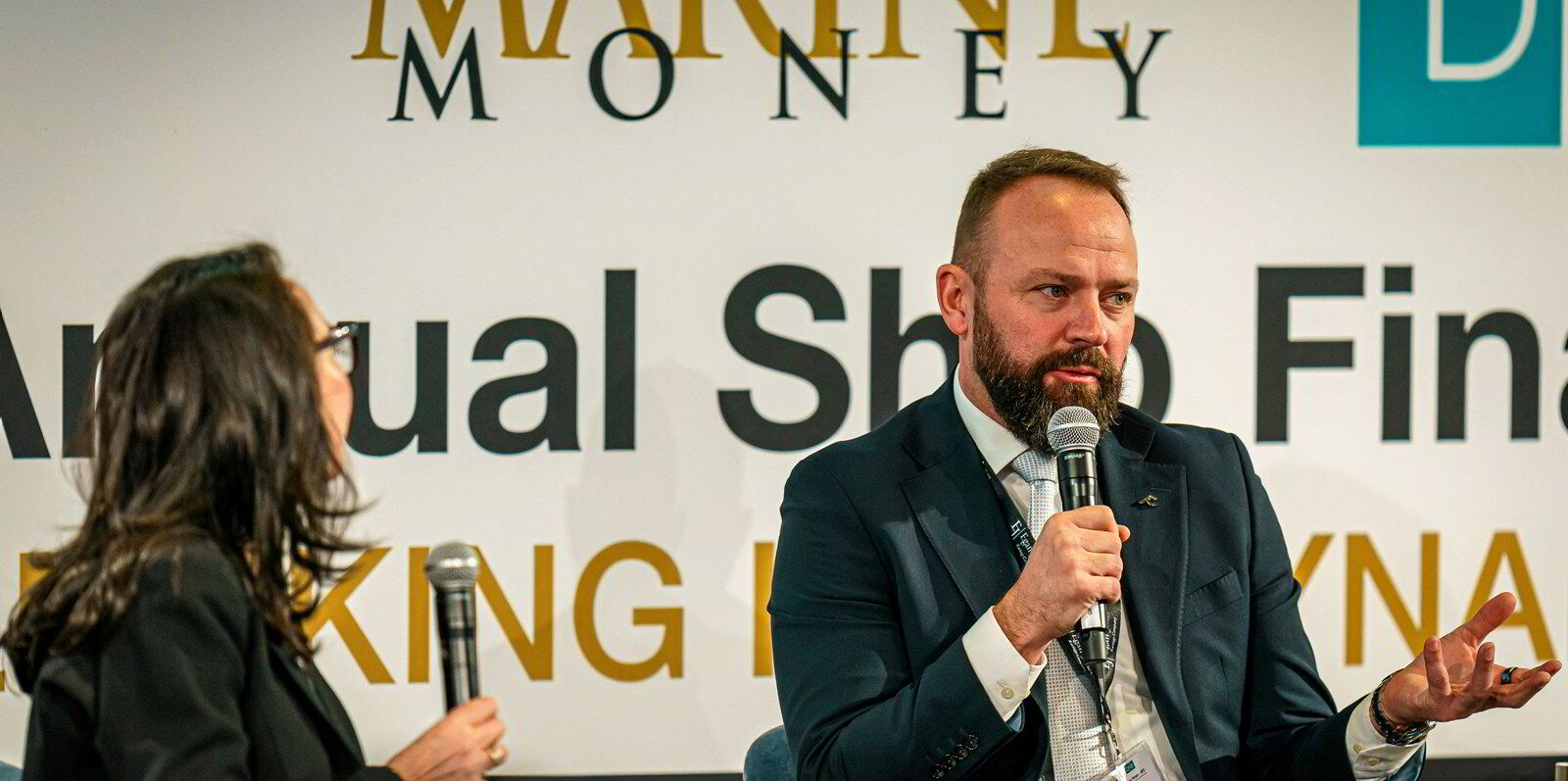Cadeler is taking time to evaluate new business in busy offshore wind vessel markets, according to boss Mikkel Gleerup.
The world’s biggest wind turbine installation vessel owner is regularly approached with new proposals, but prefers to be selective, the chief executive of the Oslo and New York-listed group told TradeWinds.
The BW-backed, Denmark-based company, which merged with Scorpio Group’s Eneti last year, has upsized its green loan facility with Standard Chartered by €45m to €125m ($140m), which will allow it to “seize market opportunities as they rise”.
Asked about potential deals, Gleerup said: “We don’t specify what the opportunities are. We are just saying that we want to be ready to harvest these opportunities.
“I think one of the big differences in the company today and the company five years ago is that today we are being approached with a lot of different opportunities from various parts of the value chain.
“And I think we spend a fair amount of time on evaluating whether it’s good for capital or not.
“But of course if something is good enough to do, then … we are open for continued development of the company, whether that’s a vertical or horizontal expansion.”
And Gleerup said: “Just because you have the opportunity to do something, you shouldn’t always do it.
“We really want to remain known as good custodians of capital, so we take it incredibly seriously when someone invests their money in our company.
“And that’s why, just because we have an opportunity to do something doesn’t mean we decide to do it.
“It has to still fit the bill. And the board of course keeps us reminded of that.”
Cadeler’s charter backlog is growing, but results were dragged down by dry-dockings in the second quarter.
Earnings to rise again
The orderbook increased to a record €1.925bn at the end of the first half, while net profit plunged to €153,000 from €30m in 2023.
However, Gleerup said: “I think that it is a totally different situation in the second half than it was in the first half.
“We don’t discuss day rates so much because I don’t think it’s the best metric to look at the industry with, because we rarely contract in day rates.
“But I think we have been seeing that there are clients that are willing to put value on contractors that can help them over a longer term and also with a certain redundancy in their set-up.”
He is also content with the fleet size.
“I think we have progressed according to our plans and we ordered one additional A-class vessel in May, and we believe that that was the right decision for our clients,” he told TradeWinds.
“We think that we are in a good position to support our clients. That has really been the fundamental underlying principle of how we have grown the fleet.
“We have discussed with our clients what they need from us and tried to build a company that can deliver on those requirements.”
Operations have expanded beyond Europe into Asia and the US.
“That’s of course a huge development from just a couple of years back where we were only working in Europe and we were working with two vessels,” the CEO said.
“Now we are preparing to work with 11 vessels and we are working in all major regions in the world.”
No plans to diversify vessel base
Asked about moving into other offshore vessel types, he responded: “At the moment that’s not the plan. We are focusing on what we think is our true core, being the slightly more complex part of the value chain.
“That to us is the T&I [transport and installation] part of the value chain.
“Although we are also engaging with clients on some parts of the operations and maintenance, especially surrounding the major component exchanges.”
Gleerup said the company’s results were positively received by analysts.
“I think the key takeaway, apart from our financial performance, is the fact that we have built the first new vessel on time and budget.”






